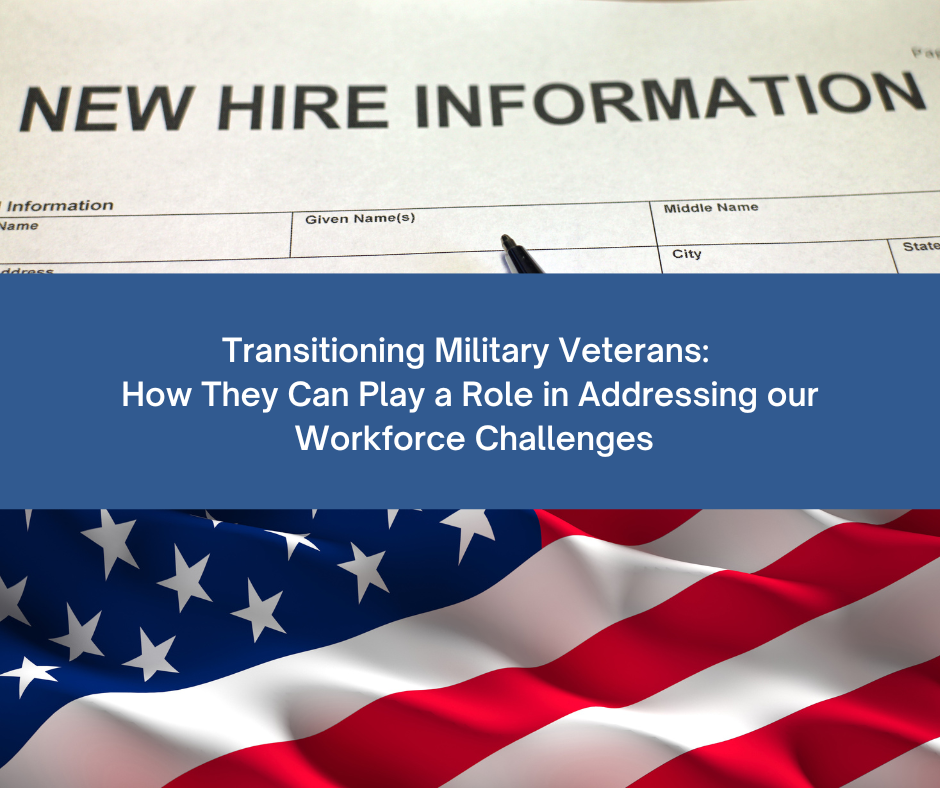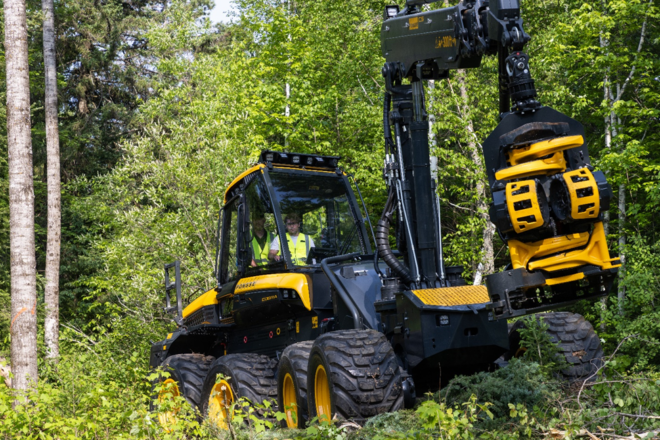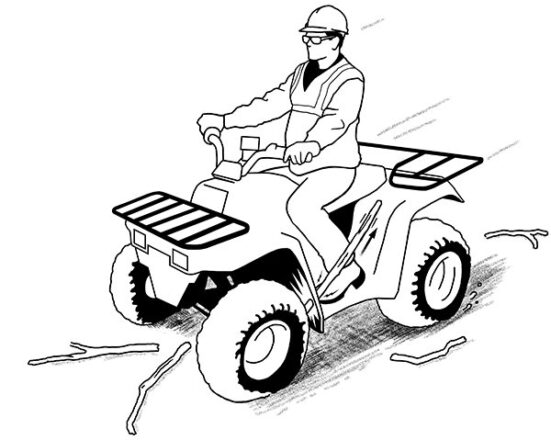Transitioning Military Veterans: How They Can Play a Role in Addressing our Workforce Challenges

As I exercised my constitutional right to vote earlier this week, I was reminded of how grateful I am to live in a country where I have the freedom to cast my ballot and have my voice heard. I am sure most of you also had a similar reflection moment. Naturally, my thoughts and appreciation shifted to those who protect our rights and freedoms by serving in the United States Armed Forces. Since today is Veteran’s Day, FRA wanted to revisit some of the existing resources available to our members on recruiting and hiring military veterans transitioning to civilian employment.
One year ago (November 10, 2021), FRA hosted a webinar outlining strategies on how companies can recruit transitioning military veterans for forest products careers. John Buckley, Outreach Strategies Manager – Koch Industries, did an outstanding job presenting – Strategies to Recruit Transitioning Military Veterans into Forest Products Careers. John’s webinar is available to FRA members under the “Resources” heading on FRA’s website (member log-in is required).

One of the things that resonated with me while watching John’s webinar was his emphasis on hiring the “right” veteran for the “right” job. It is critical that hiring managers and job recruiters know where to look inside the military structure for certain civilian employment opportunities. Targeting transitioning officers or enlisted personnel to civilian jobs require the Knowledge, Skills, and Abilities (KSAs) to align with their background and expertise. Simply hiring a veteran for the sake of hiring a veteran is not a well-defined strategy either and will likely not translate to success. This leads us to the importance of employee retention.
John devoted some time to the retention aspect while focusing on “Military-to-Civilian Transition Barriers.” He reinforced the concept that retention is an important part of a successful transition process. The hiring component gets a lot of attention, but the retention aspect is also critical. “Underemployment” can be a real problem for transitioning veterans and can lead to frustrations for both the employee and management. The employment “match” must be mutually beneficial for both parties for a successful hire on the employer’s side and a viable career path on the veteran’s side.
In a February issue of Woods to Mill FRA highlighted many available resources for hiring veterans into the civilian workforce. Several of the resources mentioned in the article include:
- CareerOneStop – State Job Bank
- CareerOneStop – Civilian-to-Military Occupation Translator
- US Department of Labor – Transition Assistance Program, Hire a Veteran
- US Department of Defense – Skillbridge Program
There are also additional resources that might be useful for those seeking more information on a successful military to civilian workforce transition:
- Two blog posts from Eightfold:
- US Department of Veterans Affairs – VA for Vets
This article is by no means an exhaustive list of every military transition program or service but rather a quick snapshot of what is out there to assist veterans and employers alike. It is refreshing to know there are many organizations, at both the state and federal levels, tasked with easing the transition from wearing the uniform to joining the ranks of the civilian workforce. I think we can all agree that most members of the armed forces typically possess a skillset and work ethic that should make them attractive candidates for many civilian careers.
Is hiring transitioning veterans a panacea to solving all of today’s workforce and labor shortage challenges confronting our industry? Certainly not. But it is a good place to start and the right thing to do! A great way to show appreciation is to do everything in our power to create an environment where transitioning military veterans have access to rewarding career paths once they separate from military service. So, today, I will end with a simple “Thank You” to all the men and women who have honorably served in our nation’s armed forces. We are all grateful for your service and sacrifice!


